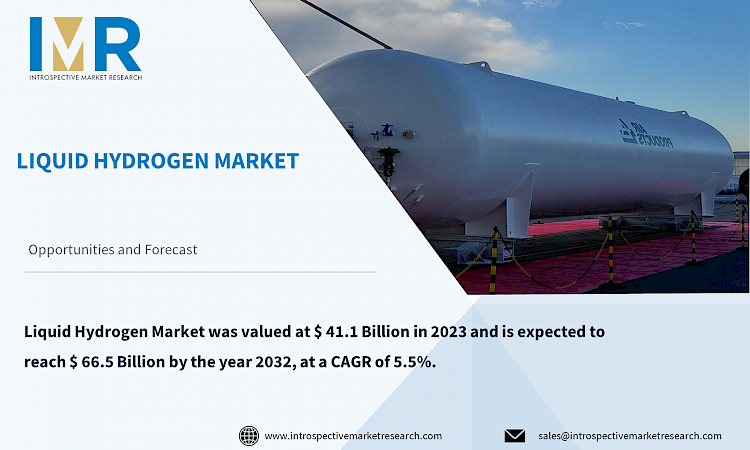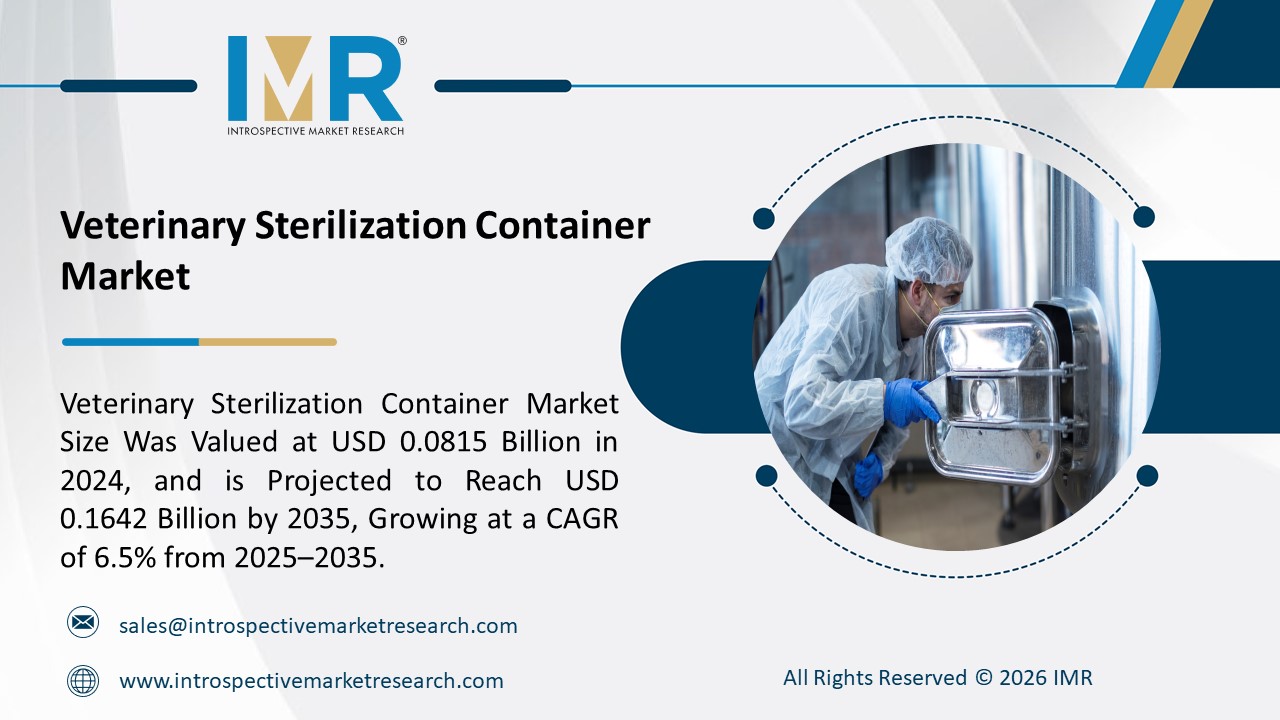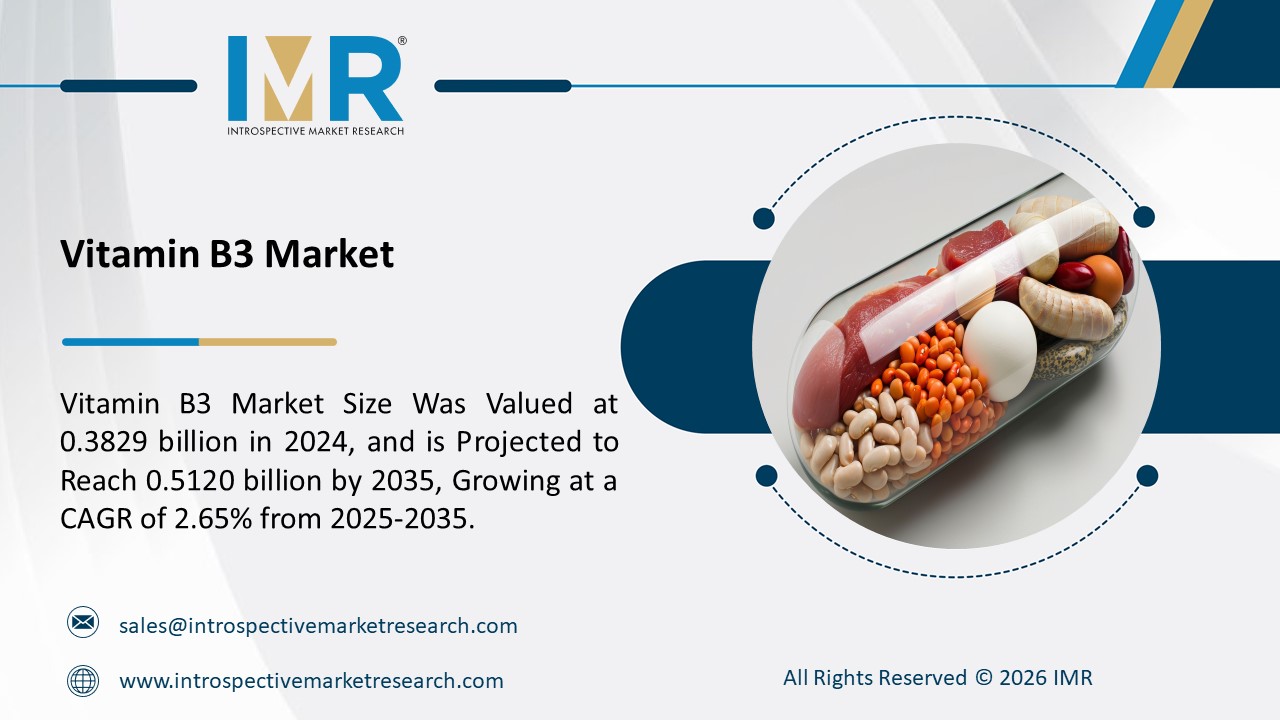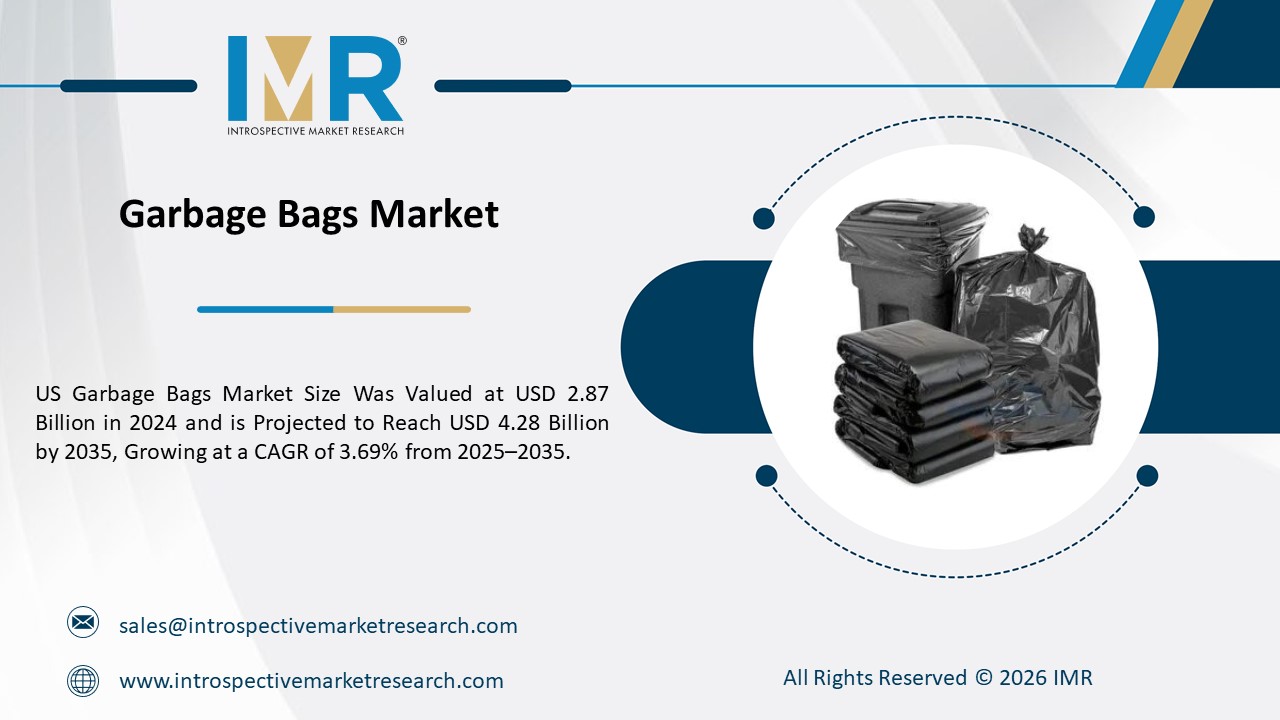
Liquid Hydrogen Market Overview:
According to a new report published by Introspective Market Research, titled, ?Liquid Hydrogen Market by Distribution, End Use Industry, and Region Global Market Analysis and Forecast, 2024-2032.
The Global Liquid Hydrogen Market was valued at $ 41.1 Billion in 2023 and is expected to reach $ 66.5 Billion by the year 2032, at a CAGR of 5.5%.
Liquid hydrogen is the liquid phase of hydrogen gas, appearing pale blue and transparent at cryogenic temperatures. It is flammable and easily evaporative, making it crucial for proper storage and handling. Water, the most colorless and odorless liquid, has a density of 70g per liter. Liquid hydrogen is most important in space rocket manufacturing, where it is combined with liquid oxygen to form a powerful fuel due to its high energy yield and density.
Liquid hydrogen, a nonconventional cleaner fuel, is experiencing growth due to global concerns over greenhouse emissions and the shift towards cleaner energy sources. The growth of the global liquid hydrogen market is primarily driven by the growing awareness of the Decarbonized energy market, the growth of automotive industries, and the improved efficiency of the liquefaction process. The growing applications of liquid hydrogen in everyday life, particularly in the chemicals and petrochemicals sector, are expected to further boost the market's growth. Additionally, continued industrialization is expected to increase greenhouse gas emissions from vehicles, positively impacting the growth of the liquid hydrogen market. Overall, the growing demand for liquid hydrogen as a cleaner fuel is a key factor in its growth.
According to Liquid Hydrogen, The Market is segmented into distribution, end-use industry, and region. By distribution, the market is categorized into Pipelines, Cryogenic Tanks, and Others. By end-use industry, the market is categorized into Aerospace, Automotive and Transportation, Energy and Power, Industrial Sector, and Others. By region, it is analyzed across North America (U.S.; Canada; Mexico), Europe (Germany; U.K.; France; Italy; Russia; Spain, etc.), Asia-Pacific (China; India; Japan; Southeast Asia, etc.), South America (Brazil; Argentina, etc.), Middle East & Africa (Saudi Arabia; South Africa, etc.).
The aerospace industry is the primary driver of demand for liquid hydrogen, a cryogenic compound used as rocket fuel in space programs and satellite launches. The study aims to highlight liquid hydrogen's high energy density and efficient propulsion, which is expected to drive a positive market drive during the analysis period.
The shift towards clean power sources and carbon emissions reduction is driving a surge in demand for liquid hydrogen, which can be derived from renewable sources like electrolysis. The transportation sector is a promising segment for the growth of the liquid hydrogen market, as liquid hydrogen fuel cell vehicles (FCVs) offer long driving ranges and zero emissions for automobiles. The evolution of mega hydrogen refueling stations and green technological advancements in fuel cell transportation systems are expected to accelerate the utilization of liquid hydrogen, presenting promising business prospects in the future.
Global Liquid Hydrogen Market, Segmentation
Liquid Hydrogen Market is segmented Based on Distribution, and End Use Industry, and Region.
Distribution:
The cryogenic tanks segment, which holds the largest market share in 2022, is expected to experience a 5.6% growth rate during the forecast period. These tanks are used for the storage and transportation of liquefied gases like liquid hydrogen, liquid oxygen, and Liquefied Natural Gas (LNG). As industries improve, the demand for cryogenic tanks increases, particularly for hydrogen storage and transportation due to reduced pollution. The growth of the natural gas market, particularly in electricity generation and transport, is expected to increase the demand for cryogenic tanks for liquid hydrogen storage and transportation, contributing significantly to market growth during the forecast period.
End Use Industry:
aerospace segment held the largest share in 2023. In 2022, the aerospace segment is expected to have the highest revenues and grow at a CAGR of 5%, with a focus on the automotive information services market at a CAGR of 7%. Liquid hydrogen, with its high specific impulse, is preferred for use in in-space vehicles due to its efficiency in rocket engines. The aerospace industry is shifting towards minimizing its environmental footprint and promoting sustainability. Liquid hydrogen, which burns oxygen and releases water vapor, significantly reduces greenhouse gas emissions when used as a propulsion tool, compared to fossil fuel-based systems. This shift is a significant step towards a more sustainable future in the aerospace industry.
Region:
The Asia-Pacific liquid hydrogen market is predicted to experience the highest compound annual growth rate and a fair pace, with a 40% share in 2022. This growth is attributed to the Chinese Government's support for hydrogen and fuel cell systems, as well as its policies and plans for hydrogen and new energy development. The government provides financial incentives, funding opportunities, and responsive regulation to promote the growth of the liquid hydrogen market.
Some of The Leading/Active Market Players Are-
- Demaco powered by Leapforce
- Air Liquide
- Cryolor
- Hylium Industries, Inc.
- Plug Power Inc.
- Messer Group GmbH.
- Linde Plc
- Air Products and Chemicals, Inc.
- inoxcva
- Iwatani Corporation and Other Active Players
Key Industry Developments
- In October 2023, Hylium Industries, Inc. and The Gas and Heat Institute Essen signed a Memorandum of Understanding to create a dynamic framework for future cooperation. The memorandum outlines the common goals and commitments of both parties. The main objective of this MoU is to lay the foundation for a mutually beneficial partnership that exploits the strengths and expertise of both organizations. Under this memorandum of understanding, Hylium Industries will explore opportunities to commercialize its products in the German market, while GWI will receive technical support and expertise in the field of liquid hydrogen.
- In May 2023, Hylium Industries launched a hydrogen fueling station in Cheju, South Korea to promote green energy. The newly opened station aims to strengthen South Korea's hydrogen infrastructure and promote sustainable transportation. Hylium Industries, a pioneer in renewable energy solutions, announced the opening of its state-of-the-art hydrogen fueling station in Cheju, South Korea. The plant is an important milestone in the country's efforts to expand its hydrogen infrastructure and promote sustainable transportation.
Key Findings of the Study
- The cryogenic tanks segment, holding the largest market share in 2022, is expected to grow at a 5.6% rate during the forecast period due to its use in storing and transporting liquefied gases.
- The aerospace segment held the largest share in 2023, driven by the use of liquid hydrogen in rocket propulsion and its shift towards sustainability and reducing greenhouse gas emissions.
- Asia-Pacific Predicted to experience the highest compound annual growth rate with a 40% share in 2022, driven by supportive policies and incentives from the Chinese government for hydrogen and fuel cell systems.





